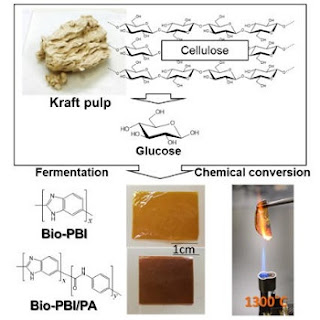Conductive Hydrogel

Hydrogels are one of the hottest topics in bioelectronics. Conductive hydrogels, in particular, might prove crucial for treating nerve injuries. Hydrogels are networks of polymers that hold a large amount of water - like a jelly. By inserting polyacrylamide and polyaniline, researchers in China were able to create hydrogels that conduct electricity. They demonstrated that this new material could treat nerve injuries by forming a conducting biocompatible link between broken nerves. Peripheral nerve injury – for example, when a peripheral nerve has been completely severed in an accident – can result in chronic pain, neurological disorders, paralysis, and even disability. They are traditionally very difficult to treat. The new hydrogel could change this. The team implanted the hydrogel into rats with sciatic nerve injuries. The rats’ nerves recovered their bioelectrical properties – as measured by electromyography one to eight weeks following the operation – and their walking improved. I




